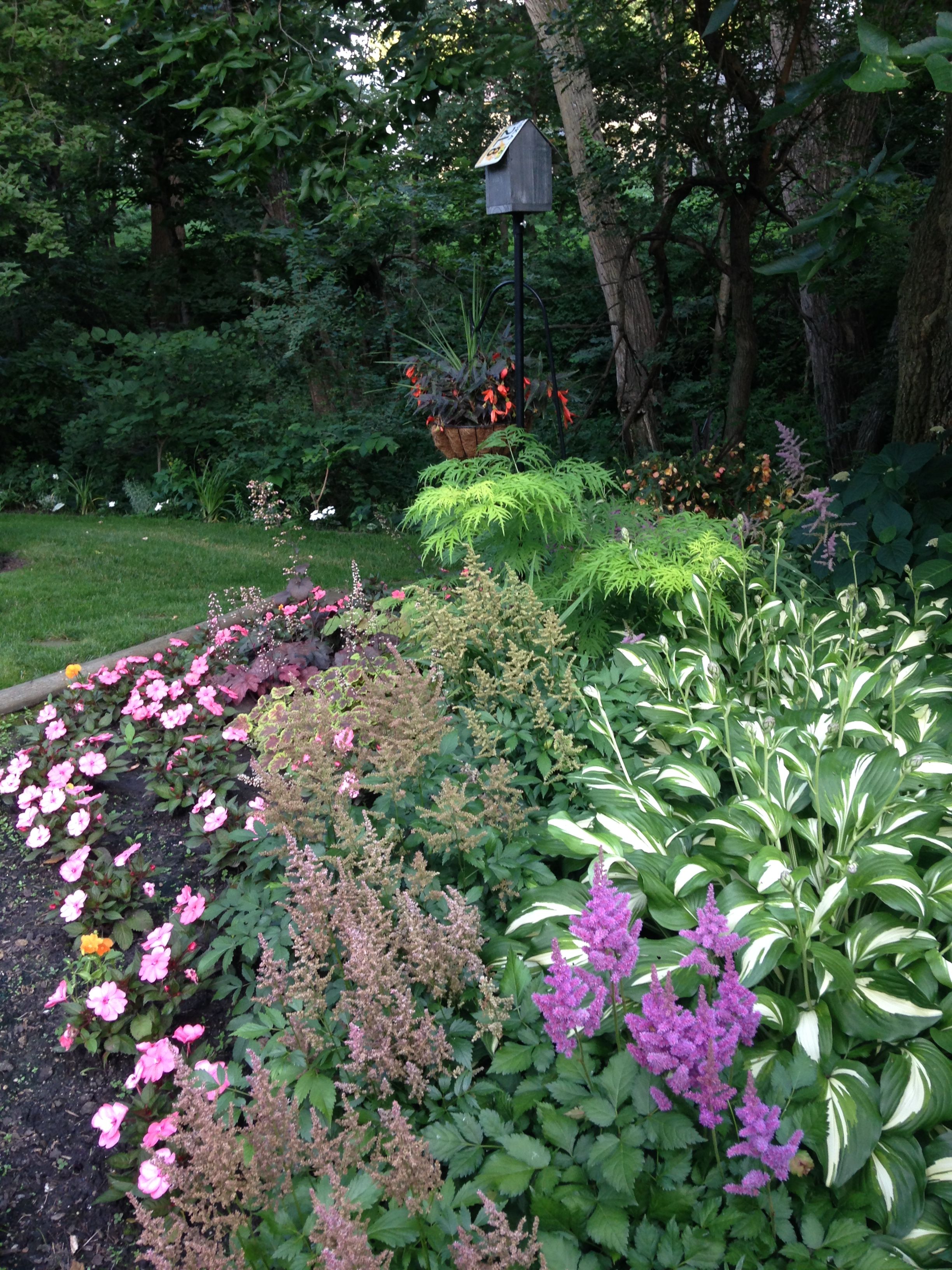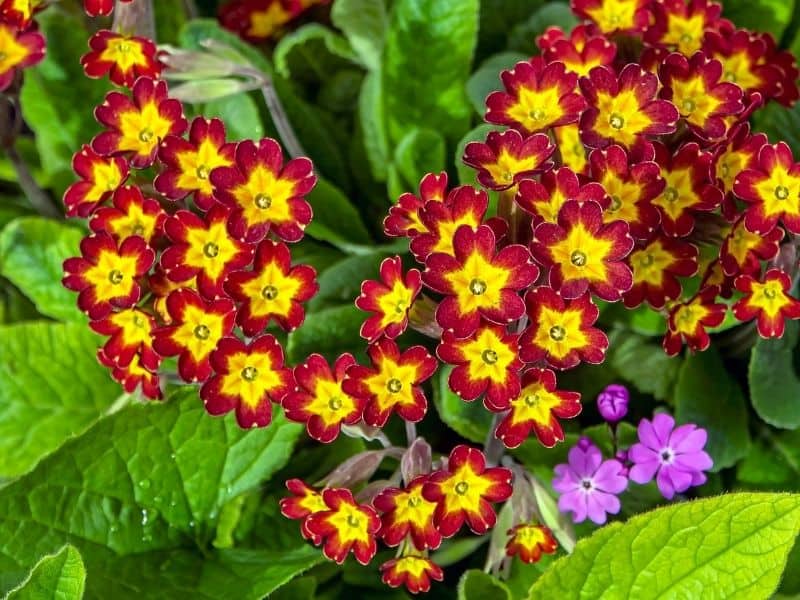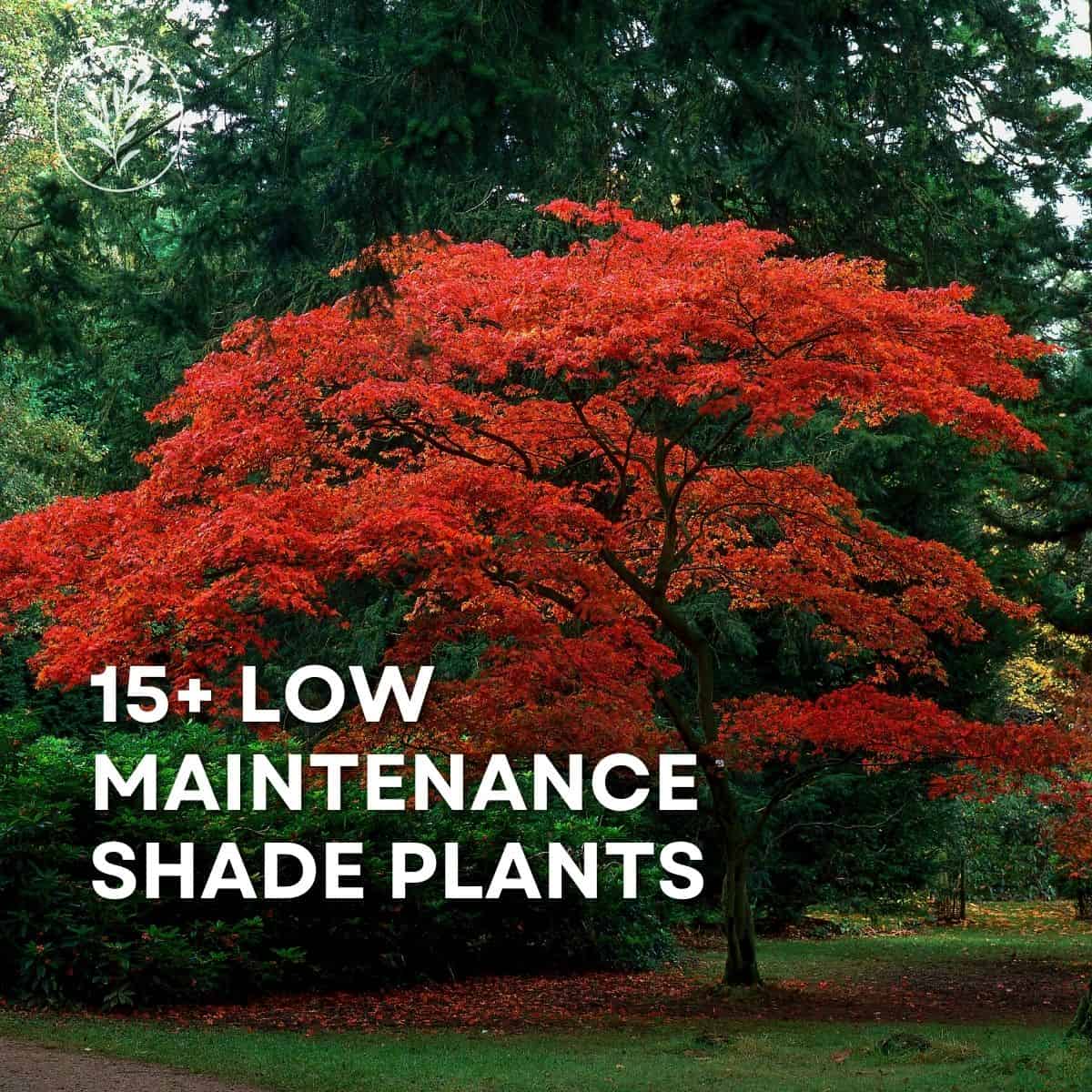Understanding the Challenges of Shaded Gardens
Gardening in shaded areas can be a daunting task, as it presents a unique set of challenges that can affect plant growth and overall garden health. One of the primary difficulties is limited sunlight, which can impact photosynthesis and hinder plant development. Shaded gardens also tend to have increased moisture levels, which can lead to root rot and other problems if not managed properly. Furthermore, reduced plant growth can result in a less vibrant and less diverse garden ecosystem.
However, by choosing the right flowers, gardeners can overcome these challenges and create a thriving shaded garden. Flowers that are tolerant of shade can add color, texture, and interest to an otherwise dull area. But what flowers are good for shade? The answer lies in selecting plants that have adapted to survive in low-light conditions. These flowers often have larger leaves or more delicate petals to maximize their exposure to limited sunlight.
When selecting flowers for a shaded garden, it’s essential to consider the specific conditions of the area. Factors such as soil type, moisture levels, and the amount of shade the area receives will all impact plant growth. By understanding these conditions and choosing flowers that are well-suited to them, gardeners can create a beautiful and thriving shaded garden. In the following sections, we’ll explore some of the best flowers for partial shade and deep shade, as well as provide tips on how to care for them.
How to Select the Perfect Shade-Tolerant Flowers for Your Garden
Selecting the right flowers for a shaded garden can be a daunting task, but by considering a few key factors, gardeners can make informed decisions that will lead to a thriving and beautiful garden. When choosing flowers for shade, it’s essential to consider the specific conditions of the area, including soil type, moisture levels, and the amount of shade the area receives.
Soil type is a critical factor in determining which flowers will thrive in shade. For example, flowers that prefer well-draining soil, such as coral bells and foamflower, are ideal for areas with sandy or loamy soil. On the other hand, flowers that prefer moist soil, such as astilbe and ferns, are better suited for areas with clay or rich soil.
Moisture levels are also an important consideration when selecting flowers for shade. Some flowers, such as impatiens and coleus, prefer consistently moist soil, while others, such as begonias and geraniums, prefer drier conditions. By understanding the moisture requirements of different flowers, gardeners can choose plants that will thrive in their specific shaded garden.
The amount of shade the area receives is also a critical factor in determining which flowers will thrive. Partial shade, which receives 4-6 hours of direct sunlight per day, is ideal for flowers such as impatiens, coleus, and begonias. Deep shade, which receives less than 4 hours of direct sunlight per day, is better suited for flowers such as astilbe, ferns, and hellebores.
By considering these factors and choosing flowers that are well-suited to the specific conditions of the shaded garden, gardeners can create a beautiful and thriving garden that will provide enjoyment for years to come. In the next section, we’ll explore some of the top flower picks for partial shade, including impatiens, coleus, and begonias.
Top Flower Picks for Partial Shade
Partial shade, which receives 4-6 hours of direct sunlight per day, is an ideal condition for a variety of beautiful and thriving flowers. When it comes to choosing the best flowers for partial shade, there are several options to consider. Here are a few top picks that are sure to add color and interest to your shaded garden.
Impatiens are a popular choice for partial shade, and for good reason. These flowers come in a variety of colors, including pink, white, and purple, and are known for their bright, cheerful blooms. They are also relatively low-maintenance, requiring only occasional watering and fertilization.
Coleus is another excellent option for partial shade. These flowers are known for their vibrant, multicolored leaves and can add a pop of color to even the most shaded areas. They are also relatively easy to care for, requiring only occasional watering and pruning.
Begonias are a versatile and beautiful option for partial shade. These flowers come in a variety of shapes and sizes, and can thrive in a range of conditions. They are also known for their bright, cheerful blooms, which can add a touch of color to even the most shaded areas.
When choosing flowers for partial shade, it’s essential to consider their specific growing requirements. Impatiens, for example, prefer well-draining soil and consistent moisture, while coleus prefers slightly drier conditions. Begonias, on the other hand, can thrive in a range of conditions, but prefer slightly acidic soil.
By choosing the right flowers for partial shade, gardeners can create a beautiful and thriving garden that will provide enjoyment for years to come. In the next section, we’ll explore some of the top flower picks for deep shade, including astilbe, ferns, and hellebores.
Flowers that Flourish in Deep Shade
Deep shade, which receives less than 4 hours of direct sunlight per day, can be a challenging environment for flowers to thrive in. However, there are several varieties of flowers that have adapted to survive in low-light conditions and can add beauty and interest to even the most shaded areas.
Astilbe is a popular choice for deep shade, with its delicate, feathery plumes and vibrant colors. These flowers prefer moist, rich soil and consistent watering, making them
Shade-Tolerant Flowers for Specific Soil Types
Soil type is an essential factor to consider when choosing flowers for shaded areas. Different soil types can affect flower growth, and some flowers are better suited to specific soil conditions. In this section, we’ll explore how different soil types affect flower growth in shaded areas and recommend flowers that thrive in specific soil types.
Clay soils are dense and moist, making them ideal for flowers that prefer wet conditions. Azaleas, for example, thrive in acidic clay soils and produce vibrant, showy blooms. Coral bells, on the other hand, prefer well-draining soils and can struggle in clay soils.
Sandy soils are dry and well-draining, making them ideal for flowers that prefer dry conditions. Succulents, such as sedum and echeveria, thrive in sandy soils and can tolerate drought. Ferns, on the other hand, prefer moist soils and can struggle in sandy soils.
Loam soils are a mix of clay, silt, and sand, making them ideal for a wide range of flowers. Hellebores, for example, thrive in loam soils and produce nodding, bell-shaped blooms. Impatiens, on the other hand, prefer moist soils and can struggle in loam soils.
When choosing flowers for shaded areas, it’s essential to consider the specific soil type and choose flowers that are well-suited to those conditions. By doing so, gardeners can create a thriving and beautiful shade garden that will provide enjoyment for years to come.
In the next section, we’ll explore how to combine different flowers to create a visually appealing and thriving shade garden. We’ll discuss the importance of considering factors such as bloom times, growth habits, and texture when selecting flowers for a shade garden.
Combining Flowers for a Thriving Shade Garden
Creating a thriving shade garden requires more than just selecting the right flowers. It’s also important to consider how to combine different flowers to create a visually appealing and thriving garden. When combining flowers, it’s essential to consider factors such as bloom times, growth habits, and texture.
Bloom times are an important consideration when combining flowers. By selecting flowers that bloom at different times, you can create a garden that is always in bloom. For example, impatiens and coleus bloom in the spring and summer, while astilbe and ferns bloom in the late summer and fall.
Growth habits are also an important consideration when combining flowers. By selecting flowers with different growth habits, you can create a garden with a variety of textures and heights. For example, impatiens and coleus are compact and bushy, while astilbe and ferns are taller and more upright.
Texture is also an important consideration when combining flowers. By selecting flowers with different textures, you can create a garden with a variety of visual interest. For example, impatiens and coleus have smooth, glossy leaves, while astilbe and ferns have delicate, lacy fronds.
When combining flowers, it’s also important to consider the overall aesthetic you want to create. Do you want a garden that is formal and structured, or one that is more informal and naturalistic? By considering these factors, you can create a shade garden that is both beautiful and thriving.
In the next section, we’ll discuss common mistakes to avoid when planting flowers in shaded areas. We’ll cover topics such as overwatering, underwatering, and failing to provide adequate nutrients.
Common Mistakes to Avoid When Planting Flowers in Shade
When planting flowers in shaded areas, it’s essential to avoid common mistakes that can lead to poor growth, disease, and pest problems. Here are some common mistakes to avoid when planting flowers in shade:
Overwatering is a common mistake that can lead to root rot and other problems. Shaded areas tend to be more prone to moisture, so it’s essential to avoid overwatering. Check the soil regularly, and only water when the soil feels dry to the touch.
Underwatering is also a common mistake that can lead to poor growth and disease. Shaded areas may require more frequent watering, especially during hot summer months. Make sure to water your flowers regularly, but avoid overwatering.
Failing to provide adequate nutrients is another common mistake that can lead to poor growth and disease. Shaded areas may require more frequent fertilization, especially during the growing season. Use a balanced fertilizer, and follow the instructions on the label.
Not providing enough light is also a common mistake that can lead to poor growth and disease. While shaded areas may not receive direct sunlight, they still require some light to photosynthesize. Make sure to choose flowers that are suitable for shaded areas, and provide supplemental lighting if necessary.
Not monitoring plant health is another common mistake that can lead to pest and disease problems. Regularly inspect your plants for signs of pests or disease, and take action promptly if you notice any problems.
In the next section, we’ll provide tips on how to maintain a low-maintenance shade garden, including advice on watering, fertilizing, and pruning.
Maintenance Tips for a Low-Maintenance Shade Garden
Maintaining a shade garden can be a breeze if you follow a few simple tips. Here are some tips to help you keep your shade garden looking its best:
Watering is one of the most important aspects of maintaining a shade garden. Since shade gardens tend to be more prone to moisture, it’s essential to avoid overwatering. Check the soil regularly, and only water when the soil feels dry to the touch.
Fertilizing is also crucial for maintaining a healthy shade garden. Use a balanced fertilizer, and follow the instructions on the label. Avoid fertilizing during the hottest part of the summer, as this can cause more harm than good.
Pruning is another important aspect of maintaining a shade garden. Prune your flowers regularly to encourage new growth and prevent them from becoming leggy. Remove any dead or dying flowers to prevent the spread of disease.
Monitoring plant health is also essential for maintaining a healthy shade garden. Regularly inspect your plants for signs of pests or disease, and take action promptly if you notice any problems.
By following these simple tips, you can keep your shade garden looking its best and enjoy a beautiful and thriving garden all season long.



/shade-plants-for-path-hosta-big-57eae6d35f9b586c353ae7be.jpg)



